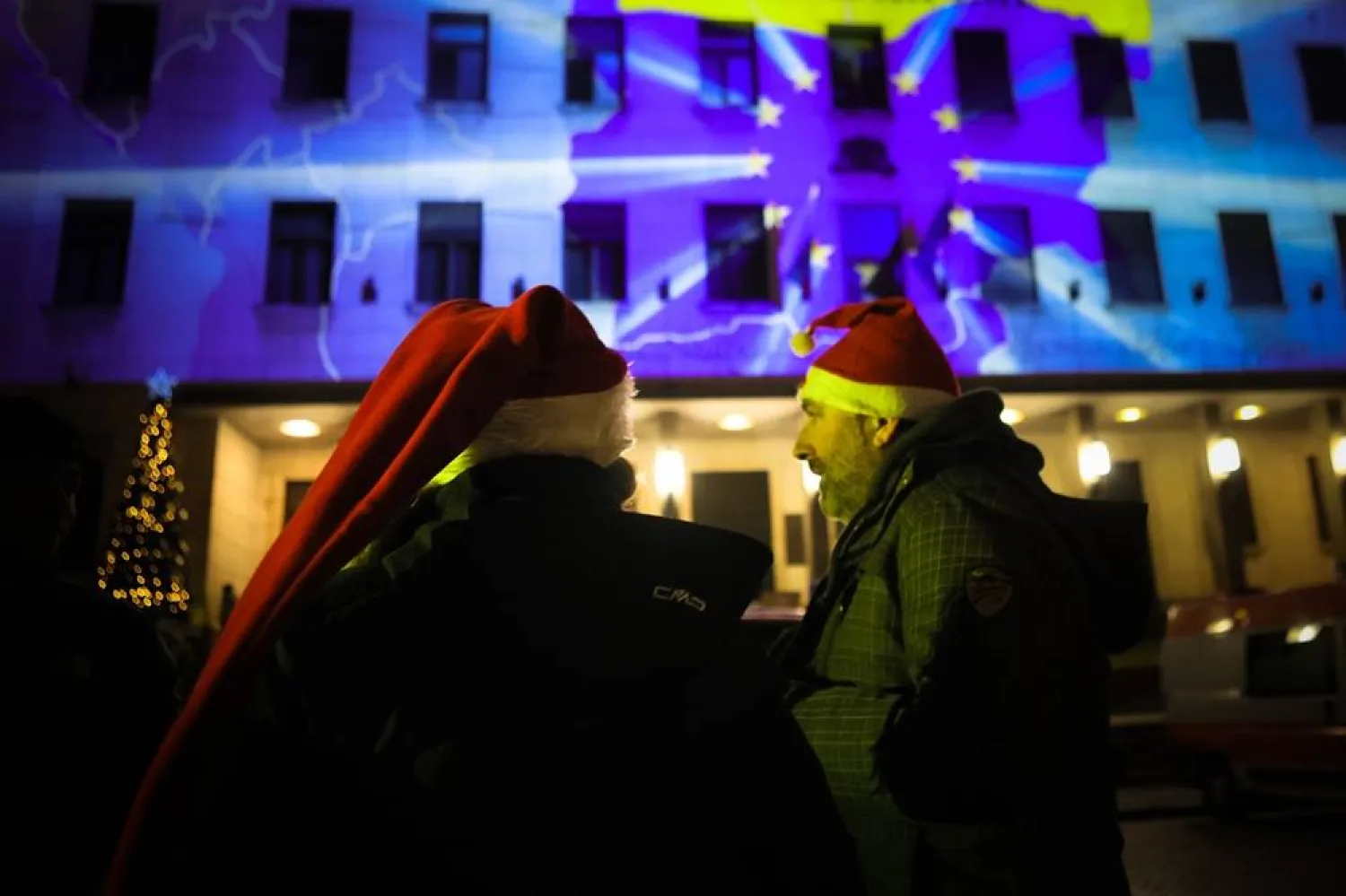Economic analysts anticipate that Riyadh’s successful bid to host the Expo 2030 world fair will catalyze a significant boost in Saudi Arabia’s economy, contributing approximately $50 billion.
This triumph is expected to attract foreign investments and foster prosperity and growth across various vital economic sectors in the Kingdom.
Among these sectors are aviation, transportation, real estate, housing, communications, logistics, retail, hotels, hospitality, and tourism.
The exhibition is poised to provide a substantial opportunity for both local and international companies to attract foreign investments.
Mohammed bin Dleim Al-Qahtani, an economics professor at King Faisal University, shared his insights with Asharq Al-Awsat, predicting that organizing the fair will enhance Saudi Arabia’s economic activities by around $50 billion.
This, in turn, will drive development in several crucial and vibrant economic sectors, affirmed Al-Qahtani.
The exhibition’s revenues, according to Al-Qahtani, will be distributed across various sectors: restaurants and hotels (approximately $5 billion), contracting ($11.5 billion), business services and event organization ($28 billion), and small project expenditures ($5.5 billion).
Furthermore, the world fair is expected to create approximately 60,000 jobs annually until the exhibition date, with a total estimated employment reaching 420,000 positions.
In Al-Qahtani’s opinion, the success of hosting Expo 2030 is set to enhance Saudi Arabia’s global image as a leader in hosting international events, fostering global communication, travel, and tourism.
This achievement is expected to bolster the Kingdom’s Gross Domestic Product (GDP) by more than 2.5%, propel key sectors outlined in “Vision 2030” forward, attract over 50 million visitors during the exhibition's duration, stimulate real estate growth, catalyze long-term investments, and significantly support the knowledge-based economy.
Meanwhile, Mohammed Mokni, a financial and investment expert and the CEO of “Ethmar,” a company owned by Imam Mohammed bin Saud University in Saudi Arabia, described Riyadh's win in hosting the exhibition as a testament to the Kingdom’s global stature.
Mokni emphasized the world's confidence in Saudi Arabia’s ability to organize this major global event, where it competes with leading nations in providing grand venues, superior services, infrastructure, and logistical aspects, as well as financial readiness.
The CEO highlighted that the Saudi bid considered all these facets, showcasing exceptional hosting capabilities from the first round of voting, leading to this exceptional victory.
Mokni further stated that this victory serves as international recognition of the Kingdom’s success in implementing its developmental plans and projects stemming from “Vision 2030,” initiated in 2015.
It also reflects the economic and political strength, resilience, and capability of Saudi Arabia, stressed Mokni.









